
All iLive content is medically reviewed or fact checked to ensure as much factual accuracy as possible.
We have strict sourcing guidelines and only link to reputable media sites, academic research institutions and, whenever possible, medically peer reviewed studies. Note that the numbers in parentheses ([1], [2], etc.) are clickable links to these studies.
If you feel that any of our content is inaccurate, out-of-date, or otherwise questionable, please select it and press Ctrl + Enter.
Vegetables that increase hemoglobin
Medical expert of the article
Last reviewed: 06.07.2025
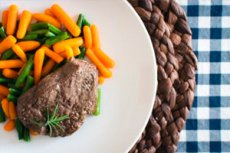
Today, there are many iron-containing drugs that help increase hemoglobin levels. But in addition to chemistry, you can also increase hemoglobin in a natural way, for example, by adjusting your diet. In addition, taking iron-containing drugs can lead to a strong increase in hemoglobin levels, which also negatively affects our health (increases the risk of developing infectious diseases, tumors, etc.).
Plant products can also be a source of iron.
For example, vegetables that increase hemoglobin are beets, carrots, potatoes, tomatoes, spinach, and pumpkin.
When can hemoglobin decrease?
Hemoglobin can decrease for various reasons.
The most common reasons for a decrease in hemoglobin in the blood are hormonal imbalances, uterine bleeding, large blood loss during childbirth or surgery.
Unbalanced nutrition and stress also affect hemoglobin levels. Those who regularly follow different diets to lose weight are at risk.
A decrease in hemoglobin levels can occur as a result of the fact that iron absorption in the intestines is disrupted as a result of inflammatory processes or surgical interventions.
In addition, low hemoglobin can be congenital and often develops in old age.
The hemoglobin level in the blood is different for men and women.
For men, the norm is considered to be from 130 to 170 g/l, for women from 120 to 150 g/l.
Low hemoglobin levels lead to oxygen starvation in tissues and organs. Signs of low hemoglobin include weakness, shortness of breath, dizziness (fainting), heart murmurs, cool hands and feet (constantly), pale skin. Also, with low hemoglobin, cracks may appear on the lips, nails become more brittle, hair falls out.
A person should consume 1.5 mg of iron per day. However, both doctors and nutritionists claim that our body can absorb only 10% of the iron received from food, so it is recommended to consume 15 mg per day.
It is believed that the best source of iron for humans is animal proteins, since the iron they contain is well absorbed by the body. It is worth noting that iron from animal products is absorbed much better with vitamin C, which can be obtained from fruits and vegetables, in addition, dairy products, which slow down the process of iron absorption, should be consumed separately. Also, tea or coffee during meals reduce the absorption of iron by our body.
Iron contained in plant products is absorbed slightly worse (up to 7%) than from animal products. Although there are products of both animal and plant origin that contain a fairly high amount of iron, certain conditions are required for its absorption (eggs, spinach).
What vegetables increase hemoglobin?
With low hemoglobin, it is recommended to consume more food of animal origin (proteins), which promotes the formation of easily digestible iron compounds - eggs, cottage cheese, liver, red meat, etc.
In addition, it is necessary to include in the diet vegetables that increase hemoglobin.
The most useful for iron deficiency is beetroot, which can be consumed not only boiled, but also raw. In addition, freshly squeezed beetroot juice helps to raise hemoglobin (half a glass 1-2 times a day).
Carrots are also well suited for a diet for iron deficiency. The vegetable is consumed mainly fresh, added to salads. Boiled carrots are recommended for malignant tumors, dysbacteriosis. Fresh carrot juice increases hemoglobin quite well, especially in combination with beetroot (1:1, 1-2 times a day).
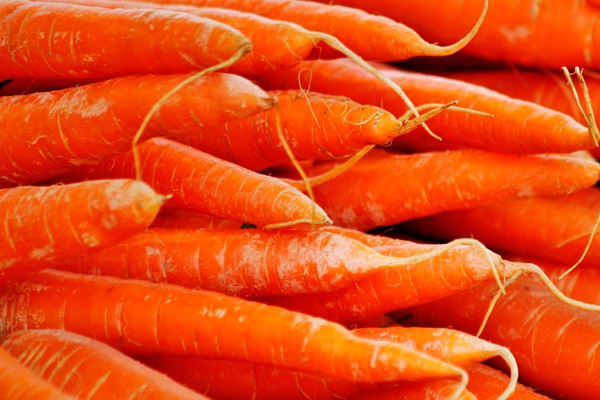
In addition to iron, carrots contain magnesium, copper, cobalt, zinc, potassium, phosphorus, etc.
Carrots contain vitamins (PP, B, K, C, E), carotene, and essential oils.
Tomatoes have a positive effect on the composition of human blood, they not only replenish the blood with useful substances, but also prevent the formation of blood clots. Tomatoes can be consumed not only fresh, many useful properties of these vegetables are preserved after heat treatment.
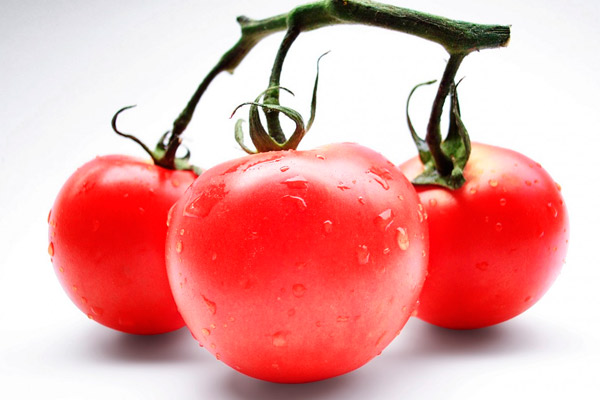
Potatoes are also rich in iron, as well as potassium, phosphorus, magnesium, calcium. They contain vitamins (groups B, D, E) and organic acids (malic, citric, coffee, etc.). With low hemoglobin, it is recommended to drink fresh potato juice half an hour before meals (half a glass 2-3 times a day). It is better to use red potatoes for making juice.
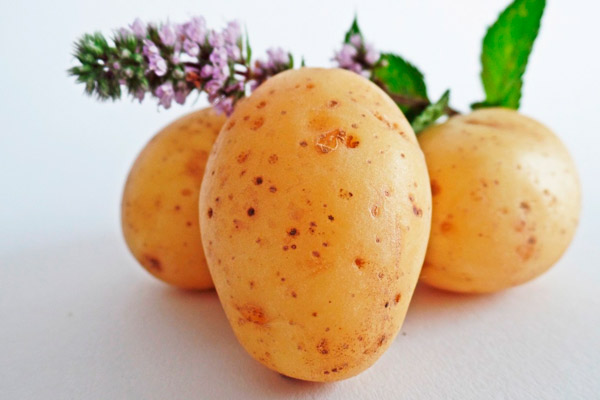
Zucchini contains a significant amount of iron, magnesium, potassium. It also contains vitamin C, which, as mentioned, promotes better absorption of iron. Fresh zucchini juice in combination with freshly squeezed potato or carrot juice has the greatest benefit. Zucchini juice has a calming effect, improves intestinal peristalsis (with urolithiasis, it is not recommended to abuse juice).
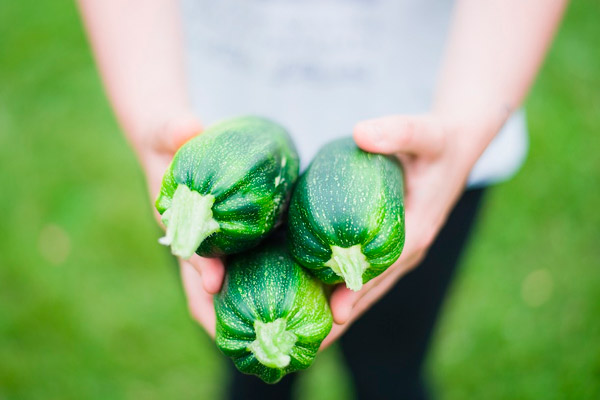
Vegetables that increase hemoglobin, despite the fact that they contain much less iron than, for example, liver or red meat, are good to eat with iron deficiency. The fiber, vitamins, and microelements they contain will help improve the general condition of the body, as well as improve bowel function, which will not be superfluous with low hemoglobin.
Vegetable juices have a rich composition, in addition, they are quickly and almost completely absorbed. It is recommended to drink juices 2-3 times a day, preparing immediately before use. It is good to prepare cocktails from several vegetables, for example, potato or carrot juice with zucchini or squash, beetroot and carrot juices. Usually the proportions are 1:1. It is also recommended to let freshly squeezed beetroot juice stand for 20-30 minutes before use.

